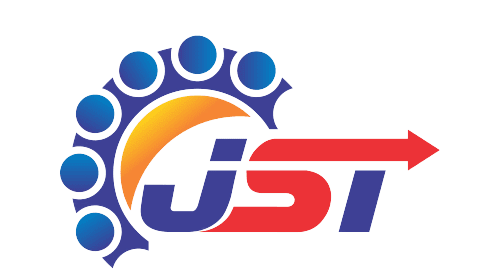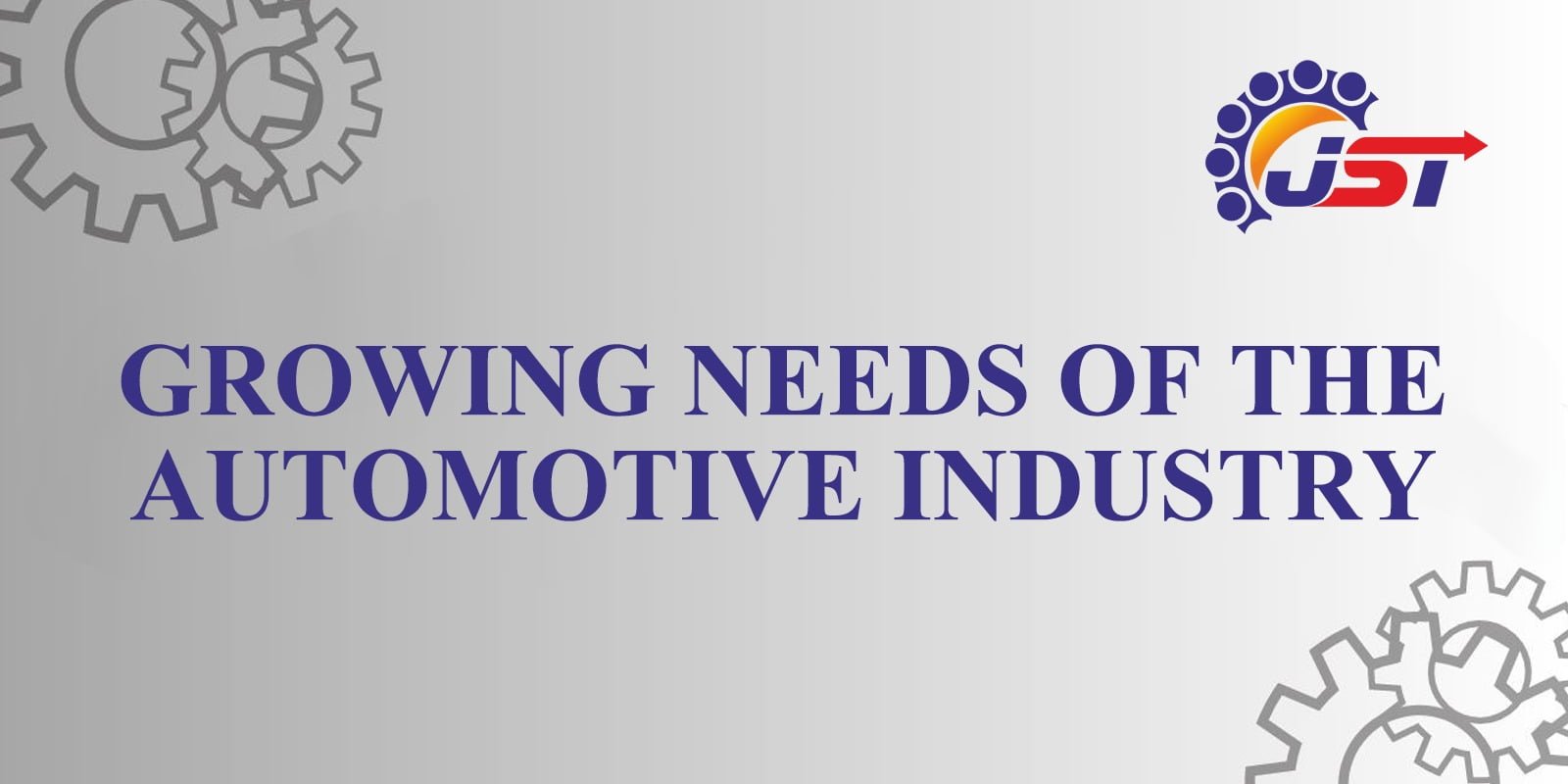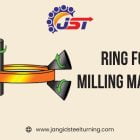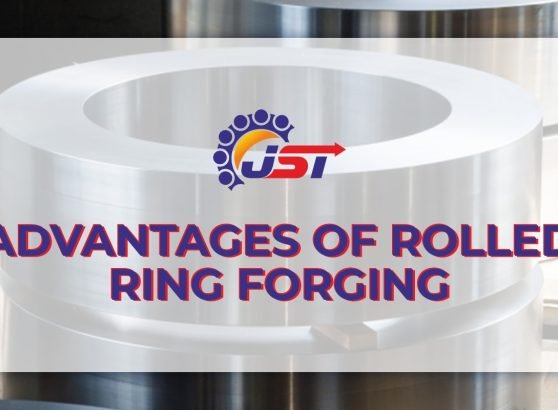In the era of digitalization and globalization, the Automotive Industry has undergone significant developments over the years. The transformations are driven by the advancement of technology of steel turning, changing consumer demand, and evolving environmental regulations. As a result, it has growing needs that require innovative solutions and strategic approaches. From e-Vehicles to autonomous driving, the automotive industry is at the forefront of technological progress, addressing the demands of a dynamic and ever-changing world.
The article contains some essential requirements of the automotive industry in today’s world. So, keep reading to learn more:
Electric Vehicles – In the growth aspect of environmental sustainability to reduce carbon emissions, the demand for electric vehicles soared. Governments and consumers alike are increasingly recognizing the benefits of EVs, like low greenhouse gas emissions and reduced dependence on fossil fuels. The automotive industry invests heavily in research and development to enhance driving experience.
Autonomous driving – The concept of autonomous driving can operate without human intervention has gained significant traction. Many automotive brands are adopting the latest technology for investing in autonomous driving technology, aiming to enhance road safety, increase transportation, and provide convenience to riders.
Safety features – Safety remains a top priority in the automotive industry. With advancements in technology, vehicles are equipped with an array of safety features, including adaptive cruise control, lane-keeping assist, automatic emergency braking, and blind-spot detection. These features help mitigate the risk of accidents.
Connectivity – The increasing connectivity integration in Vehicles has transformed the driving experience. It enables real-time traffic updates, remote vehicle diagnostics, and entertainment options. Enhance the entire driving experience that provides a seamless link between vehicles and the digital world, the automotive industry is working in partnership with technology companies to develop secure and dependable connectivity solutions.
Sustainability and environmental regulations – Governments worldwide are implementing stricter environmental regulations to reduce emissions and combat climate change. The automotive industry is responding by developing the latest technologies and improving fuel efficiency. Industry is also exploring alternative fuels and investing in more sustainable solutions.
Consumer Expectations – Consumer expectations and preferences have also evolved, shaping the automotive industry’s needs. Nowadays, consumers seek vehicles that are not only technologically advanced but also offer personalized experiences, comfort, and convenience. The industry is responding by incorporating various design elements, user interfaces, and customizable features.
Shared mobility and ride-hailing services – The rise of shared mobility and ride-hailing services has disrupted the traditional automotive industry. The shift towards shared mobility has encouraged automakers to explore new business models and partnerships with ride-hailing companies. The industry is working towards developing vehicles specifically designed for shared mobility services.
Advanced and Lightweight Materials – The automotive industry continuously explores advancements in techniques and materials to improve fuel efficiency, increase range in electric vehicles, and reduce environmental impact. Carbon fibre, aluminium alloys, and robust quality steel are used to build lighter and stronger vehicle structures with proper heat treatment.
Digitalization and Industry 4.0 – The automotive industry embraces digitalization and Industry 4.0 technologies to optimize manufacturing for enhanced supply chain management and overall operational efficiency. Automation, data analytics, artificial intelligence, and robotics are being integrated into production lines.
Regulatory compliance and standards – The automotive industry operates within a complex regulatory framework governing safety, emissions, and vehicle performance standards. Automakers should stay updated with evolving regulations and compliance to avoid penalties and maintain consumers’ trust. The industry is actively engaged in research and development to meet the growing needs and invest in technologies that enable cleaner and safer vehicles.
Conclusion –
The automotive industry is undergoing a transformative stage as it adapts to the growing needs of consumers, environmental concerns, and technological advancements. Automakers invest heavily in research and development to meet evolving demands and stay ahead in a highly competitive market. With continuous innovation and collaboration, the industry is paving the way for a future of sustainable, connected, and safer mobility. Consumers seek convenience, efficiency, and eco-friendly options; the automotive industry will evolve and shape how we travel and experience the journey.






